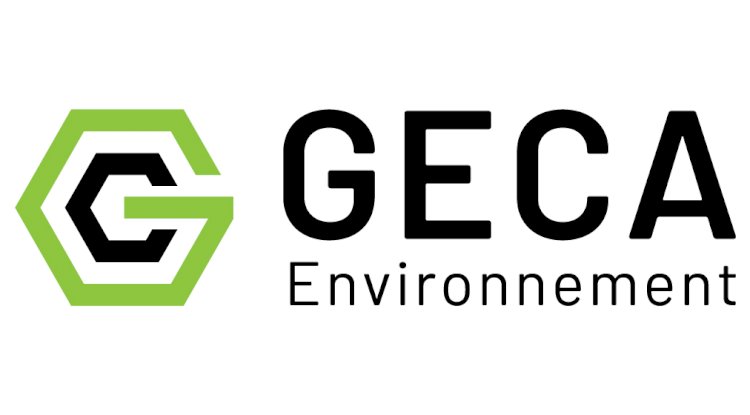Is pyrolysis harmful to the environment?
Is pyrolysis harmful to the environment? No, when done properly. Some reasons for pollution from pyrolysis include: incomplete pyrolysis, no gas recycling, oxygen entry, improper feedstock, dangerous disposal of products and inappropriate storage and transport.
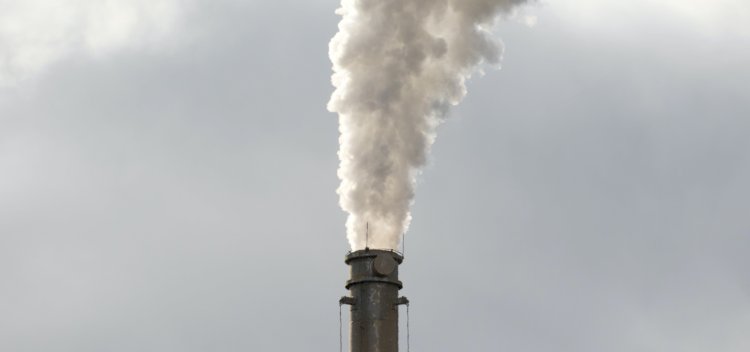
By Melissa Leung and Dr. Suzanne E. Allaire
December 2020
Short answer to the question: No, it does not harm the environment when done properly.
There have been several stories covering the non-compliance of pyrolysis plants in developing countries. To start, let’s look into the reasons why production plants can be harmful for the environment.
1. Incomplete pyrolysis: With insufficient gas treatment at the outlet, incomplete pyrolysis creates furans, hexanes, and dioxins even when using clean virgin wood. If this happens, because of poor quality control, the syngas must be burnt at high temperature before being ejected. This way, there are no toxic chemicals exiting the plant.
2. No gas recycling: Almost all pyrolysis technologies must recycle their syngas. This allows high energy gases produced during pyrolysis to fuel the process and/or dry the feedstock, making it autonomous after its initial start. Without this, the pyrolysis process will use up a lot of fuel, most likely fossil fuel or electricity (from fossil fuel) or wood as often used in developing countries. Most technologies already do this, not only to be environmentally safe but to save costs as well. However, the ones that don't recycle their syngas, including small, homemade technologies or ancestral systems, allow these gases to escape and provide fuel for climate change. This means that, atmospheric releases can double rather than being carbon neutral, partially from the use of fossil fuel and partially from avoiding the use of the produced fuel. Therefore, the small homemade pyrolysis systems or ancestral methods often seen as good for the environment could actually result in environmental damage, even if they produce biochar.
Additionally, another advantage of recycling the syngas concerns the elimination of particles. When burning the syngas to optimize production, the high heat eliminates particles, which are known to be a problematic factor for environment and human health. The final exhaust gases are thus clean of heavy molecules and particles, resulting in a much smaller environmental footprint than other types of technologies.
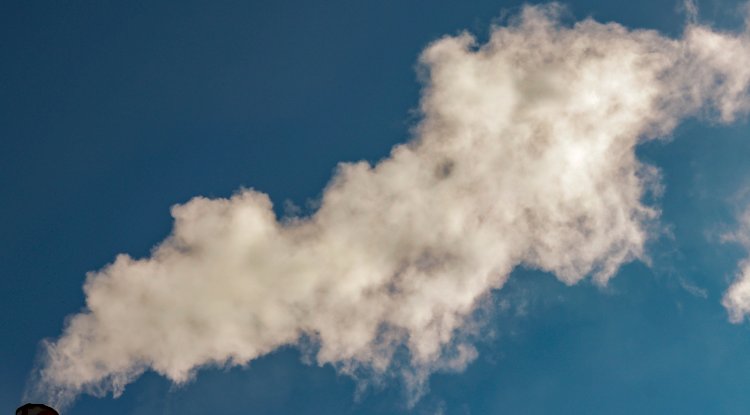
In order to be able to recycle the syngas, the feedstock must contain a certain amount of energy to produce energetic gases that can sustain pyrolysis. Certain raw materials don’t provide enough energy to be self-sufficient, and must then be mixed with another more energetic feedstock to achieve energetic autonomy. Examples of inefficient feedstocks include wet or low-carbon materials such as sludges.
3. High oxygen entrance: Pyrolysis by definition is the heating of carbonaceous material in the quasi absence of oxygen, which allows the recycling and usage of carbon in the solid, liquid and/or gaseous phases. In some technologies, a certain level of oxygen can enter the pyrolysis process. When a lot of oxygen enters the process at very high temperatures, we call it combustion or incineration. It is not pyrolysis. At this level, the energetic products that are created in the form of solids or gases are simply burnt, and the energy wasted, unless it is recovered to make electricity or other forms of energy. Combustion and incineration release all the carbon from the feedstock into the atmosphere, mostly in the form of CO2. Making use of this energy is therefore essential to counterbalance the gaseous emissions to the atmosphere.
Note: if a technology suddenly allows a burst of oxygen in the system because of a flaw or because of manipulation, there will be a risk of explosion. Most modern technologies have security mechanisms (often as many as three 3) to prevent this.
4. Improper feedstock: Each technology is designed for a specific type of feedstock. Usually, pyrolysis technologies are developed to exclusively process either biomass, tires or plastics, but not all three. If a technology is able to transform all these different feedstocks, it generally will be optimized for a particular ratio intake. If we feed plastic in a plant designed for biomass, chances are it may break the equipment or generate unwanted/unplanned products. The exhaust treatment prior to gas ejection at the chimney may not be appropriate to intercept these unplanned contaminants.
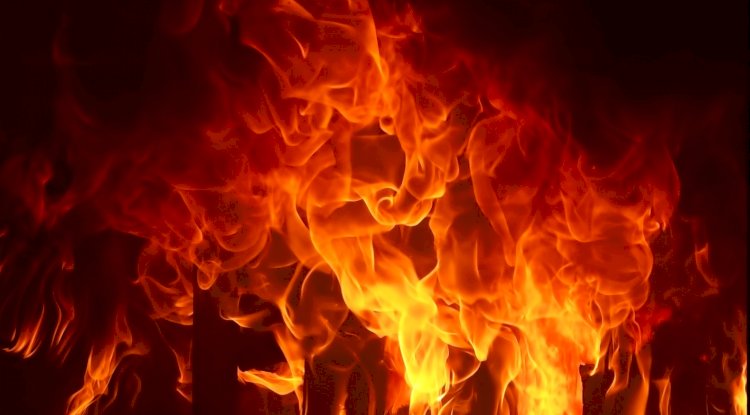
The sensitivity of pyrolysis technologies to feedstocks is generally due to the optimization of the process for temperature-specific decomposition rates and generation of the products. Each material has a particular decomposition rate in a certain setting of temperature, duration and pressure. For example, when a system is made to pyrolyze pure biomass at 400°C but we use 50% PVC in it, the chlorine will impact the equipment in such a way that it will depreciate faster, and the syngas, in which chlorine will be found, will not be properly cleaned before it exits the system. This is in part one of the reasons why mixing very different feedstocks makes pyrolysis difficult, and why MSW is still a challenge for pyrolysis. It can be done, but the technology has to be specifically developed for it and several additional features and security mechanisms will have to be included.
However, there are some materials for which no pyrolysis technology exists. These include feedstocks that are heavily contaminated by metals. Metals either don’t melt or one the other hand, will melt. Either way, both of these alternatives are problematic for pyrolysis since metals might break the system, generate sparks and increase the risk of fire or explosion. Metals change the thermodynamics within the reactor and are generally concentrated within the solid phase. Some molecules can be found in solids, liquids and gases, making it difficult to treat these phases and reuse them for secondary applications. An example for this type of feedstock is chromated-copper arsenate-treated telephone poles, which contain large amounts of toxic arsenic.
Unconditioned feedstock may also contain glass, rocks and sand. Such contaminants may break the system or lead to accelerated deterioration. Although bad for the system, these shouldn’t damage the environment, unless they prevent the completion of pyrolysis or lead to unwanted chemical reactions.
5. Dangerous disposal of products: Sometimes, products containing dangerous materials are not handled or disposed properly. As an example, say someone is pyrolyzing treated wood such as chromated-copper arsenate woods at low concentrations in the gaseous phase. The improper disposal or management of the gases and the char (solid residue) in this case could be dangerous for people, wildlife and the environment. If used in soils, heavy metals can leach to the surface water or to the water table, or bioaccumulate in plants and then in animals. If workers or other people are exposed to the non-treated gases, poisoning could occur. However, if the pyrolysis plant is designed with this type of contamination in mind, handling, treatment, storage and transport of these products can be properly planned for and therefore safe for the environment and the population.
6. Inappropriate storage and transport. From another perspective, when char or liquids such as oil, tar and wood vinegar are produced, precautions must be taken in terms of handling, storage and transport. Char tends to be inflammable, so keeping it in open containers or simply piled outside could result in fires. It is well known that fires pollute, partly due to the particles released, which may be of concern for human and animal health. Char, biochar, biocharbon and black carbon can generate large amounts of dust. Although not directly toxic, particles in the air favour smog and pollution, not to mention that dust is also one of the primary sources of fire risk in pyrolysis plants. Similarly, transporting char may lead to fire, especially for fine particles or in warm conditions.
Additionally, oil and tar contain heavy organic chemicals that are harmful to the environment. These liquids must be stored in sealed containers prior to usage or transformation. Wood vinegar is not toxic, but may be corrosive due to very low pH. Therefore, improper storage or transport containers will be worn out rapidly and can cause a leak indoors or into the environment. While it is not toxic and has uses in agriculture, wood vinegar has a lot of acidic and phenolic components which may pollute surface and groundwater if there is a concentration build-up.
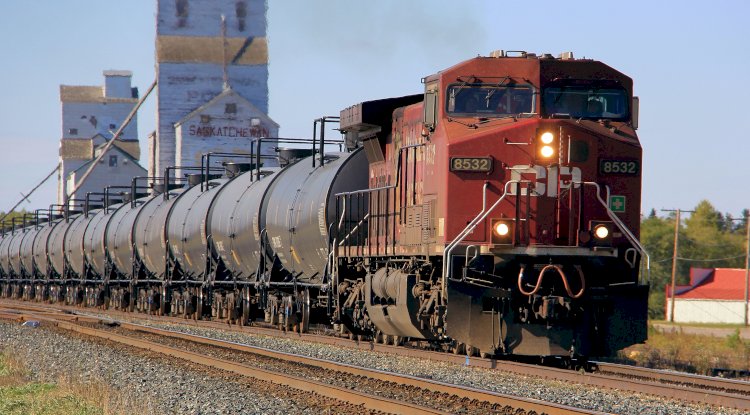
When a plant is properly designed and operated, the risks associated to transport and storage are very limited.
(There are many more examples of bad engineering or operations, but this isn't a full-length book, so we'll stop here.)
In summary, pyrolysis plants that are harmful for the environment are either
1. Not properly designed for the feedstock,
2. Not compliant with strict environmental regulations (built/engineered without regards to pollution) or
3. Not operated properly.
Are there environmentally-friendly pyrolysis plants and if so, what do they look like?
Yes, there are! These plants are typically chosen based on their capacity to process a particular feedstock and on their compliance with regulations. When a project starts, it is of crucial importance to choose a technology that is both:
a) adapted to the project (feedstock type, tonnage, goal, product, budget) and
b) compliant for all electrical, safety, and environmental regulations.
In Canada, the environmental regulations for such plant are extremely strict, and are enforced (unlike in some countries). The fact that there are large production plants here in Canada means that pyrolysis has a very low environmental impact when the right technology is chosen.
If you are buying a plant from another country or continent, be careful to understand the implications of different environmental, electrical, plumbing and security standards. Projects that are put together using non-compliant technology might get stopped by authorities or investors and fines may be issued. Moreover, such technology might actually cause more harm than good to the environment and our health.
What are the characteristics of an environmentally-friendly pyrolysis plant?
Feedstock type. We believe that most environmentally friendly pyrolysis plants transform residues. No tree should be cut for the sole purpose of making biochar or energy. However, when trees are cut for other reasons, every usable part should be valorized. Good feedstock can come from tree tops, branches or bark, which are commonly left in unused piles, from forest management practices (thinning, invasive species, limiting parasite propagation), contaminated wood such as railway ties, painted wood or mixed with resins. Basically, wood particles that would otherwise go to landfill can provide good feedstock for pyrolysis.
We also think that crops should not be grown for the exclusive goal of producing feedstock, but agricultural and food residues that are not valorized should be. On another hand, contaminated lands that do not allow food or animal production, if not used otherwise, could also be used to grow feedstock for pyrolysis.
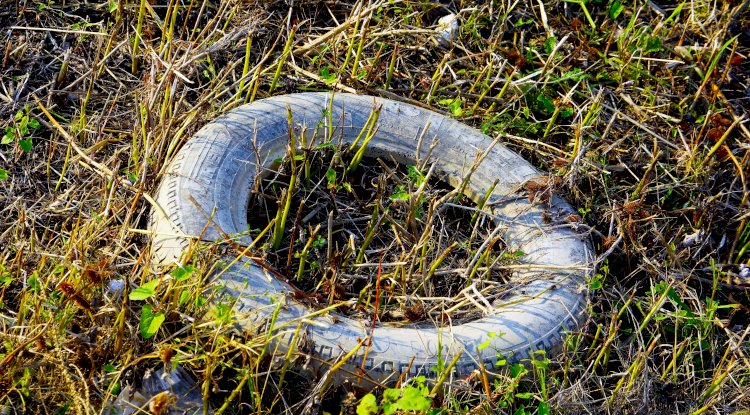
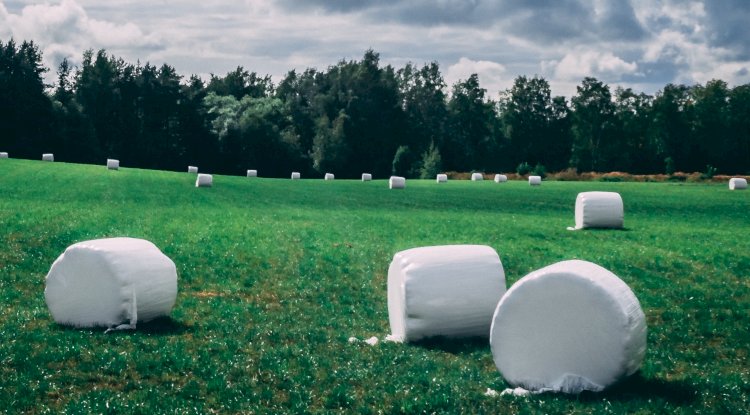
Aside from biomasses, potential pyrolysis feedstocks also include end-of life tires (from cars and OTR vehicles and used rubber mulch) and contaminated plastics that are unrecyclable (thin plastic bags, multilayered plastics, wrapping plastics, fishing nets, food packaging, etc). Plastics contaminated with organic chemicals (ex: oil or pesticide container), microorganisms (ex: hospital plastics), food, or biosolids are also suitable for pyrolysis as long as their water content is low.
If we assume, rightfully, that these types of residues would otherwise be burnt or landfilled, we can say that using them for pyrolysis allows:
1. the recuperation of carbon in different forms either solid, liquid, or gas
2. the recuperation of energy and the displacement of fossil fuel consumption
3. the sequestration of carbon when the solid phase is incorporated into materials for a long duration e.g. soil, construction materials
4. landfilling and greenhouse gas emissions reductions
5. the proper and environmentally-friendly management of contaminated materials
Gas recycling and exhaust treatment. All syngas generated by the reactor should be reused to create heat or electricity, to be reinjected in the reactor and/or to dry the feedstock. This not only reduces operation costs, but also reduces the need for fossil fuel while decreasing particle and gas emissions to the atmosphere. Additionally, it ensures that the gases don’t contain any VOCs, furans or hexanes.
Liquids. Pyrolysis plants usually produce some tar, oil and water. Oil and water are produced if there is significant condensation, whether intentional or not. Tar usually forms in small quantities, and is polluting unless destined for appropriate usages such as asphalt or roof shingles. Good technologies that only produce solid and gases should have mechanisms preventing the condensation of the condensable gases by different techniques, one of them being pipe temperature control. Comparatively, technologies targeting oil production are designed for induce fast decreases in temperature in order to condensate the gases into oil in a sealed environment. The oil is then properly stored and may undergo cracking, distillation or other treatments. Proper storage tanks are specifically designed for the expected properties of the oil, the wood vinegar and the tar.
If we consider that most well-designed and managed pyrolysis plants transform residues into renewable products, we can indeed say that pyrolysis is environmentally friendly.
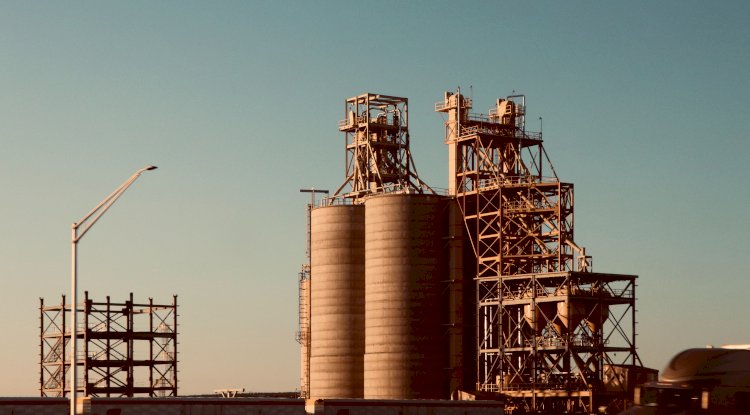
Solid handling and storage. Environmentally friendly pyrolysis plants have good control of indoor and outdoor dust, security devices to measure dust levels and detect fires along with reliable security systems. Examples of such systems include water sprays, immediate cessation of plant activity, and so on.
In conclusion, pyrolysis plants such as those built in Canada are very environmentally friendly since they:
- Use residues
- Are designed specifically for their feedstock and to generate specific products
- Respect strict rules and regulation regarding all environmental aspects
- Recycle their gases, burn the exhaust at a high temperature
- Use little energy for the initial start and are autonomous during pyrolysis
- Have good management of their solid, liquid and gases
- Have detection equipment and security mechanisms for failures, fires, explosions and other potential hazards
By using such technologies, we can help resolve residue management problems, reduce greenhouse gas emissions, prevent emissions of toxic chemicals or particles in the air, soil, or water, and even sequester carbon and provide a safe and healthy environment for workers.
Need a technology for your project or a due diligence? You have any other questions or requests? Contact us at Melissa.leung@GECAEnviro.com or on www.GECAEnviro.com
